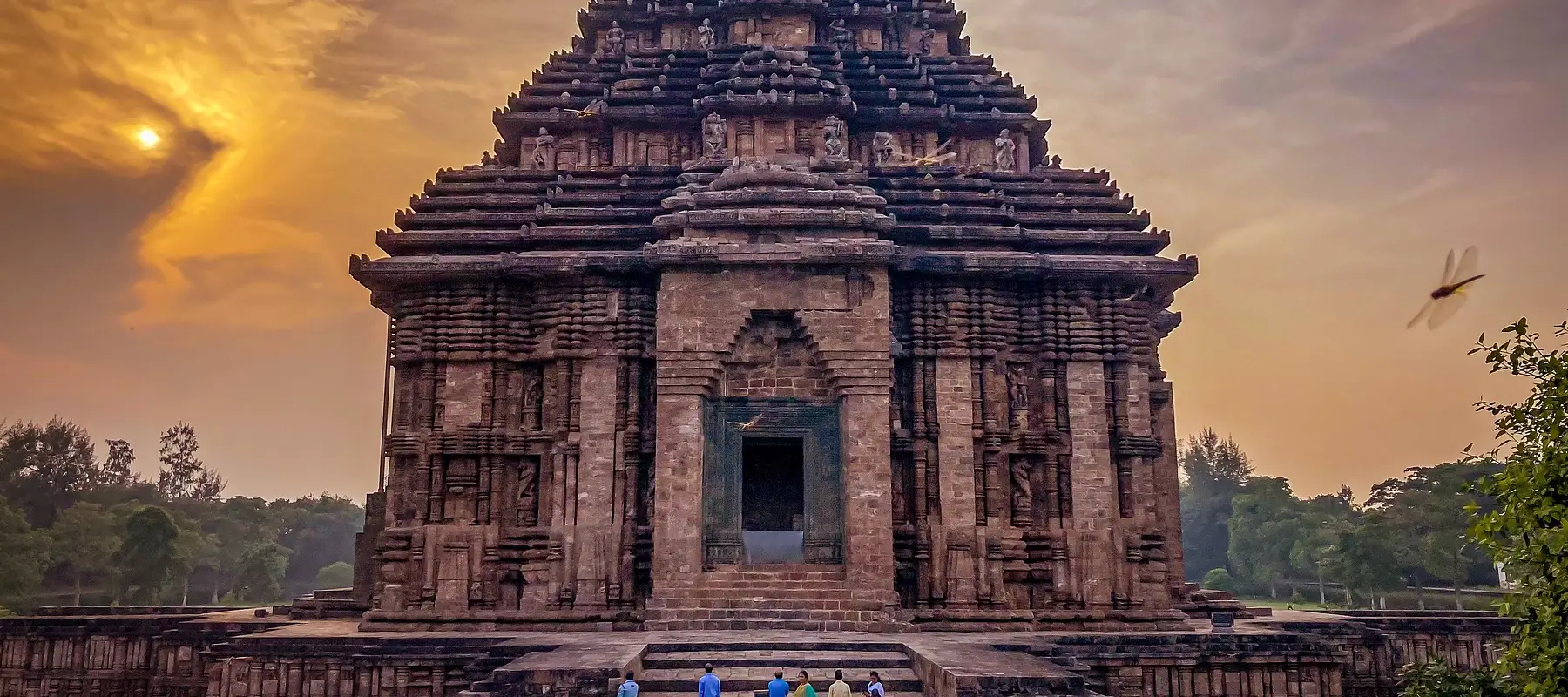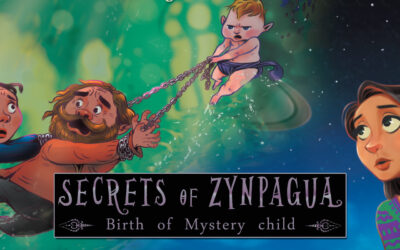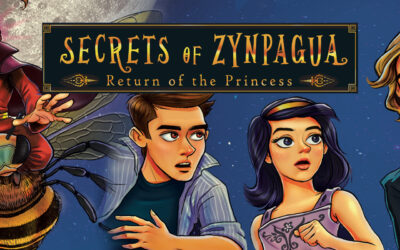ORISSA– the Land of Gods and Goddesses
Orissa is the land of architectural distinction, and sculptural magnificence; it is where dream and reality fuse. Situated on the eastern border of peninsula India, it is gently washed by the gurgling waves of the Bay of Bengal. In ancient times, it was renowned for its sea ports facing the Bay, looking out at the distant islands of Bali, Java, and Indonesia.Back then, the region was known as Kalinga, in central-eastern India, comprising most of the modern state of Orissa (also referred to as Utkal in ancient texts), and some northern areas of its bordering state, Andhra Pradesh. Extending from the river Damodar / Ganga, to Godavarai, and from the Bay of Bengal to the Amarkantak range in the west, this land was very fertile. One of the ancient lores surrounding Kalinga, is the story of King Ashoka, who was aghast by all the bloodshed his invasion of Kalinga (in 261 BC) had caused, and he embraced Buddhism.Orissa is also home to a modern marvel, Hirakud Dam, which is one of the longest dams in the world.
Bhubaneswar – The Temple CityThe capital city Bhubaneswar boasts of the famous Lingaraja temple of Lord Shiva, the Mukteshwar temple, the twin cave groups of Khandagiri and Udaygiri, and Dhaulagiri.The Lingaraja temple is described as ‘the truest fusion of dream and reality’. Inscriptions from the period of Kalinga King Anangabhima III, can be found here. The temple is made of the darkest shade of red sandstone. It is 55 m high and elaborately carved.The Bindu Sarovar, which lies near the Lingaraj temple, proudly claims to own a drop (Bindu) of every holy river in it.The Mukteshwar temple dates back to the 10th century and is considered the gem of Oriya architecture.The Udayagiri and Khandagiri caves lie around 8 km from Bhubaneswar, and are carved chambers of the ancient Jain monasteries. The caves date back to the second century BC.At Dhaulagiri, the gruesome Kalinga War was fought, which proved to be the turning point for King Ashoka. The Dhauli Stupa, on top of Dhauli hill (on the banks of the river Daya) is a dazzling, white peace pagoda built by two Japanese Buddhist institutions in the 1970s. Dhauli’s importance as a Buddhist centre under King Ashoka can be seen in the many chaityas (Buddhist prayer halls), stupas, and pillars.Several edicts around Dhauli, spread the message of Buddhism.
Chilka Lake
Travellers seeking to visit Bhubaneswar must visit the Islands of Chilka Lake, and the temple towns of Konark and Puri. Chilka Lake is Asia’s largest salt water lagoon and is the breeding ground for various migratory birds including flamingoes. The lake is pear shaped and its brackish waters support a range of aquatic flora and fauna.
The remarkable islands surrounding the Chilka Lake require a dedi-cated one-day trip, but for this it is important to start early and reach the port by 7 am. Motorboats can be hired here to visit the many islands: The Nalabama Island and bird sanctuary at the centre of the lake; Bird Island; the abode of goddess Kali, Kalijai Island and; Satapada, where the endangered dolphins can be seen.
Lord Jagannath Temple at Puri
It takes approximately one-and-a-half hours to drive from Bhubaneswar to Puri, a pilgrim town, where the celebrated temple of Lord Jagannath (Lord of the Universe) is situated. The temple is one of the four dhams (abodes of god in the four compass directions – Puri in the East, Ramesh-waram in the South, Dwarka in the West, and Badrinath in the North) which all good Hindus are meant to visit in their lifetime. The Jagannath Temple was built in the 12th century – it was begun by King Anant Varman Choraganga Dev, and completed by his grandson Ananga Bhima Dev of the Ganga Dynasty.
A famous maxim is that the patron cannot visit Puri, until the Lord him-self calls. But, the lord was kind to us, and we reached Puri at 9 pm, and witnessed the evening aarti, without having to muscle through the masses to catch a glimpse of the deity.
The temple is the starting point for the famous rath yatra, which takes place in July. All three deities (Jagannath – the other name for Krishna – his brother Balabhadra, and their sister Subhadra) are carried in their separate, heavily decorated chariots by a few thousand people to the Gundicha temple, which is two kilometers away. The Gundicha temple is their summer abode for a week, after which the grand procession winds its way back to Jagannath.
The beach at Puri is called the golden beach; its shimmering sands at sunrise or sunset, are bedazzling!
A marine drive to Konark One can reach Konark via the Puri-Konark Marine Drive, which is smooth and enriching, adjoined by deserted beaches and many rivers flowing into the sea. But before Konark, famous Pipli is a must-stop spot, to see its beautifully designed appliqué handicraft
Konark is renowned for ‘The Chariot of the Sun God driven by seven horses’ – the Sun Temple built in the 13th century by Narsimha Dev of the Ganga dynasty. A World Heritage Site, the temple is made from black granite, and is also called “The Black Pagoda”.
Konark derives its name from Konarka, the presiding deity of the Sun temple. Konarka itself is a combination of two words, kona, which means corner, and arka which means sun. The seven galloping horses represent the seven days of the week and the seven sages who govern the constellation, and pull the chariot carrying the sun across the sky. The three images of the Sun god are positioned such as to catch the sun’s rays at dawn, noon, and dusk. The two lions that guard the entrance are artistically sculpted.
The beach is now at a distance of a kilometer from the Sun temple, though it was built on the shore ages ago. This indicates that the sea has receded from its original shoreline. Konark was the bustling port of Kalinga, and had maritime trade relations with South East Asian countries.
A taste of Oriya culture
The Odissi dance is the prominent dance form in Orissa. This graceful and energetic classical dance used to be performed by devdasis, behind the closed doors of the temple to appease Lord Jagannath. The devdasis were chosen to serve the Lord with their dance and devotion.
Sweet cuisine: A journey to this state is not complete without enjoying its irresistible cuisine. The well known rice pudding or kheeri (kheer), originated in Puri, 2,000 years ago. Chena poda, another sweet dish is cooked by caramelising cottage cheese with sugar, and spiced with cardamom and other ingredients. It is cooked over a clay hearth. The delectable chena jheeli and malpua are the state’s other famous deserts. The kakera peetha (made of finely grained wheat and coconut, and sauteed with pepper, cardamom, sugar, and ghee) is a chief delicacy which is prepared during the festival season.
OdeThakur: In fact, many of the celebrated Bengali cuisines have originated in Orissa. During the Bengal renaissance, brahmin cooks from Orissa, especially from Puri, were routinely employed in rich Bengali households. Their expertise was their culinary skill and they were commonly referred to as Ode Thakur (Oriya brahmin-cooks).
Spicy foods: Oriya food caters to both vegetarian and non-vegetarian tastes. Fish forms an integral part of the food regime. At a fair that we were fortunate to attend in Bhubaneswar, we got a taste of their spicy life. Amid the sprawling sweet stalls, we could see ornately decorated chaat stalls that were flaunting red chillies. And when we decided to taste one of the more sought after chaat preparations, we realised that the word spicy is an understatement for Oriyas.
The people: The people of Bhubaneswar seem to have retained their simple and uncomplicated life, unaffected by the complexity of metros. Still, the state reflects a unique mélange of culture of the east, with West Bengal as its neighbour on one side, and that of the south, influenced by the adjacent state of Andhra Pradesh. Despite the various influences, the inimitable spirit of the people is apparent in Pipli’s unique and beautiful applique artwork; ornate silver filigree work from Cuttack; the patta chitras (palm leaf paintings); famous stone utensils of Nilgiris (Balasore); and other tribal-influenced paintings.
Summing up
Orissa is testimony to India’s rich architectural heritage, passed on to us over thousands of years. By kings who conquered and ruled, made history and ensured that they contributed something so unique, that future generations will always be proud of.


